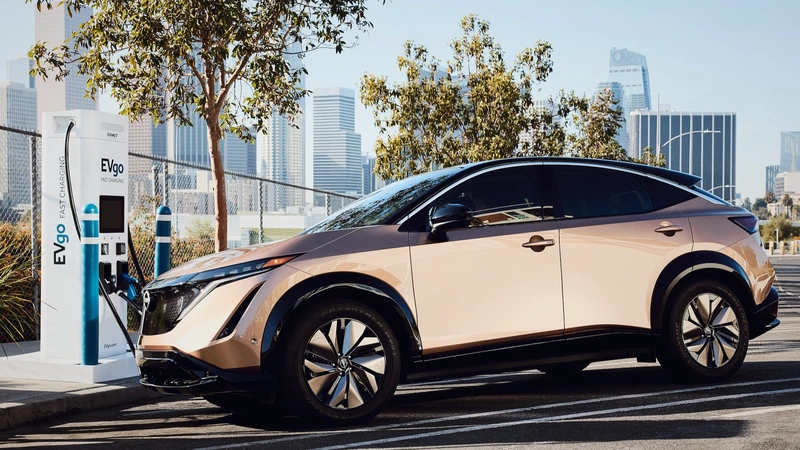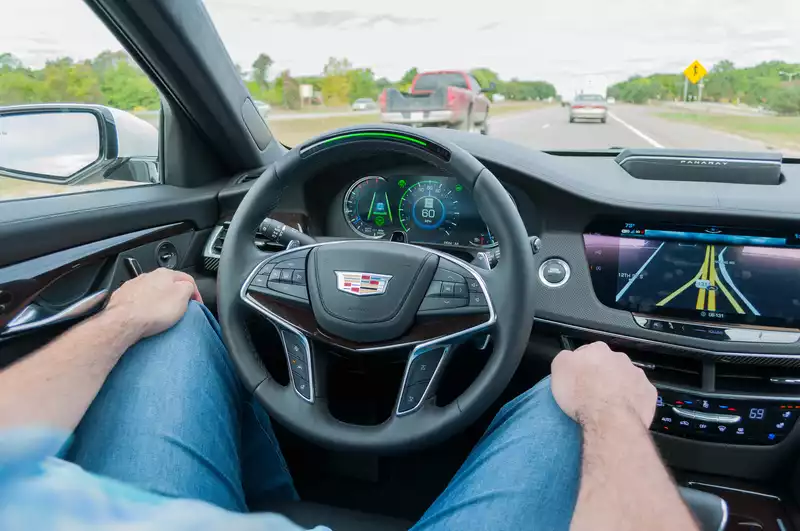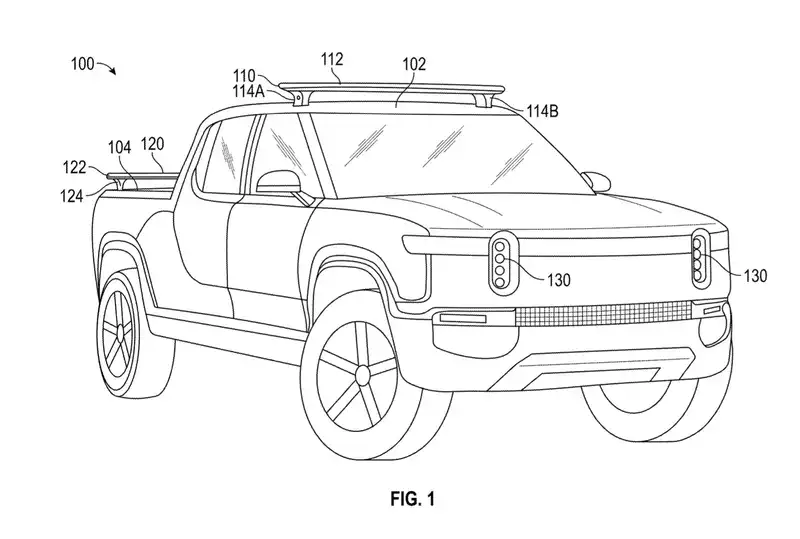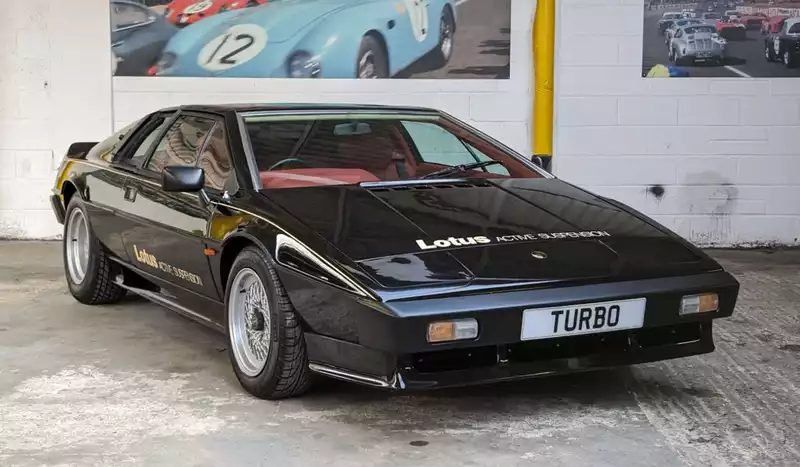Proposed EPA would mandate a 10-fold increase in EV sales by 2032

The U.S. Environmental Protection Agency (EPA) on Wednesday announced proposed tough new measures to curb emissions from the nation's vehicle fleet.
The measures, which would require average annual emissions to be reduced by about 13%, would be phased in over the model years 2027-2032 if approved.
EPA estimates that to meet this goal, about 60% of new light vehicles sold would need to be electric by 2030, increasing to 67% by 2032.
EVs accounted for 5.8% of new light vehicles sold in 2022 and about 7.2% in the first quarter of 2023, requiring a tenfold increase from their current share.
EPA has released a separate proposal for mid-size vehicles that would require 46% of new car sales to be EVs by 2032.
In its proposal, EPA estimates that while the measure would increase the average cost of a vehicle by about $1,200, owners would save an average of $9,000 in reduced fuel and maintenance costs over the eight years of typical vehicle ownership.
The new measures are more stringent than the non-binding goal announced by the Biden administration in 2021 to electrify 50% of new vehicle sales by 2030, which includes plug-in hybrids.
Automakers may not be so receptive to new measures. They will also need to make significant changes to their supply chains and training programs to support not only the production of EVs, but also their subsequent maintenance and end-of-cycle support.




